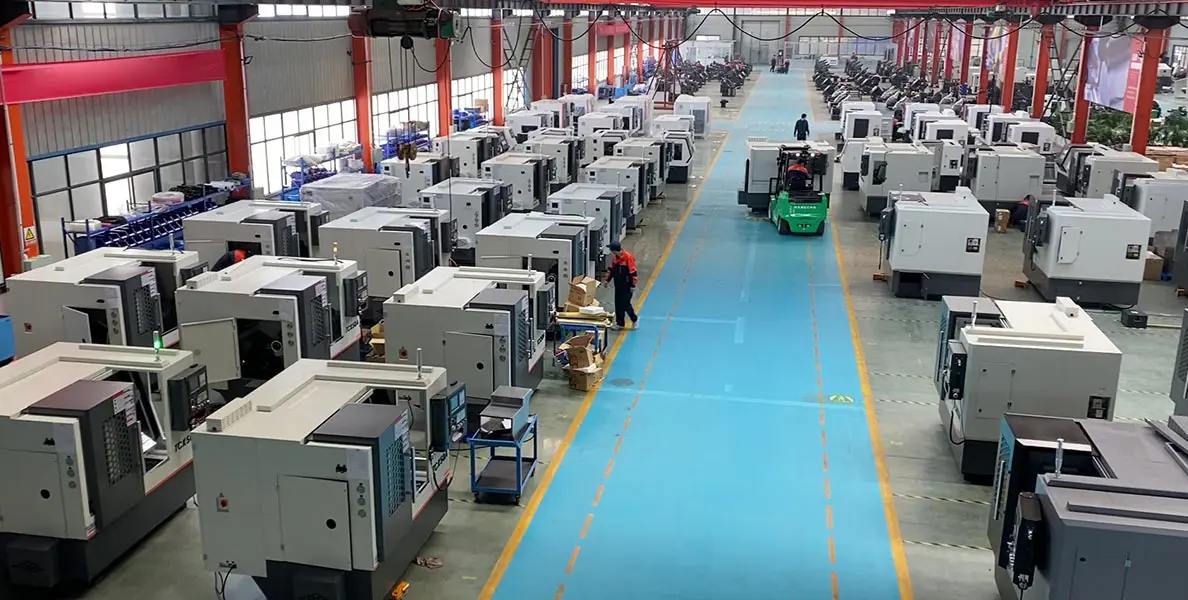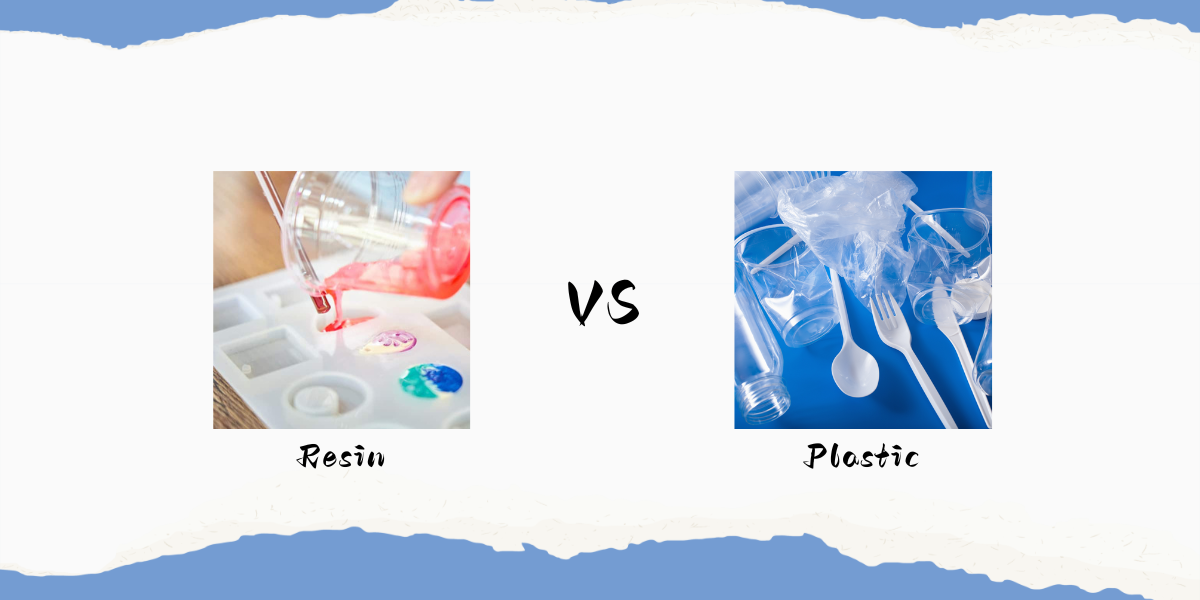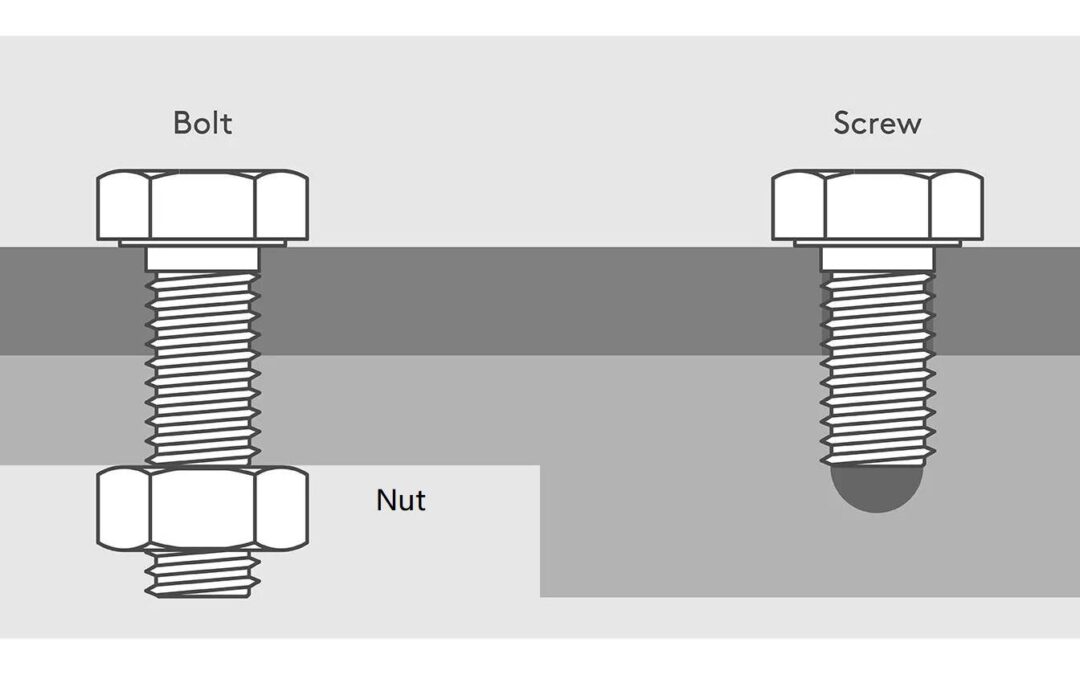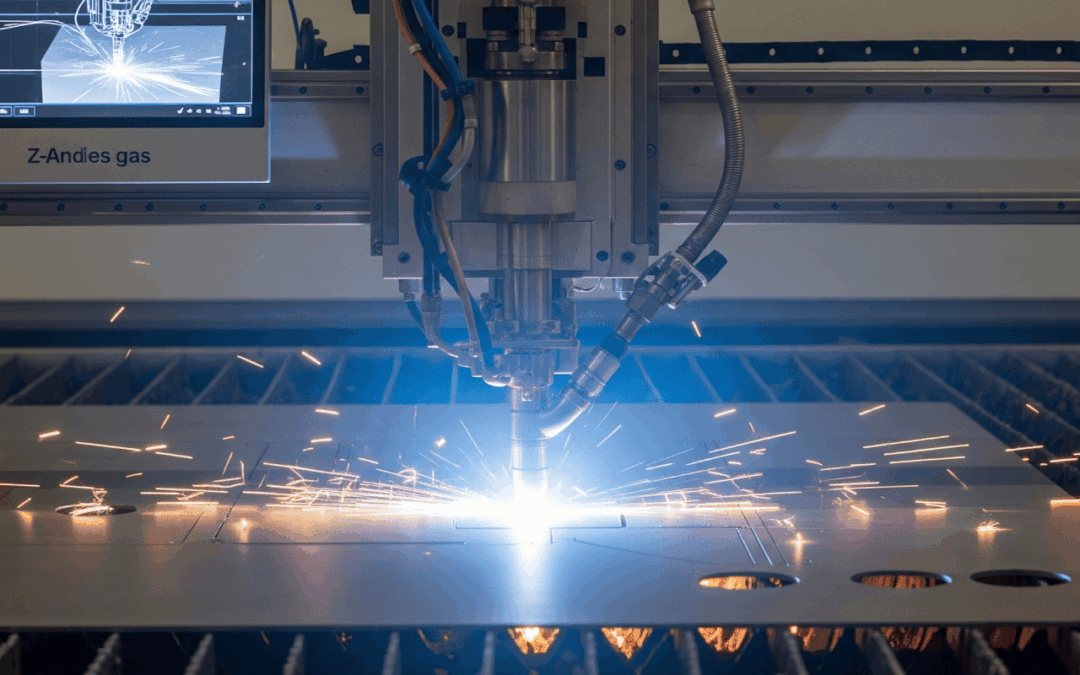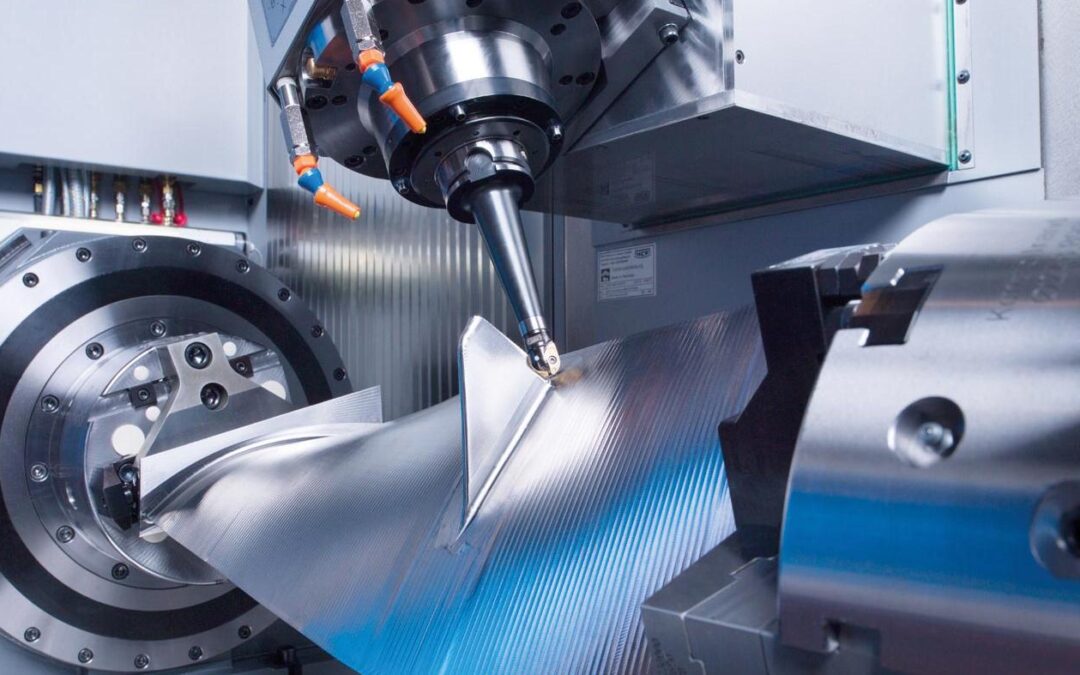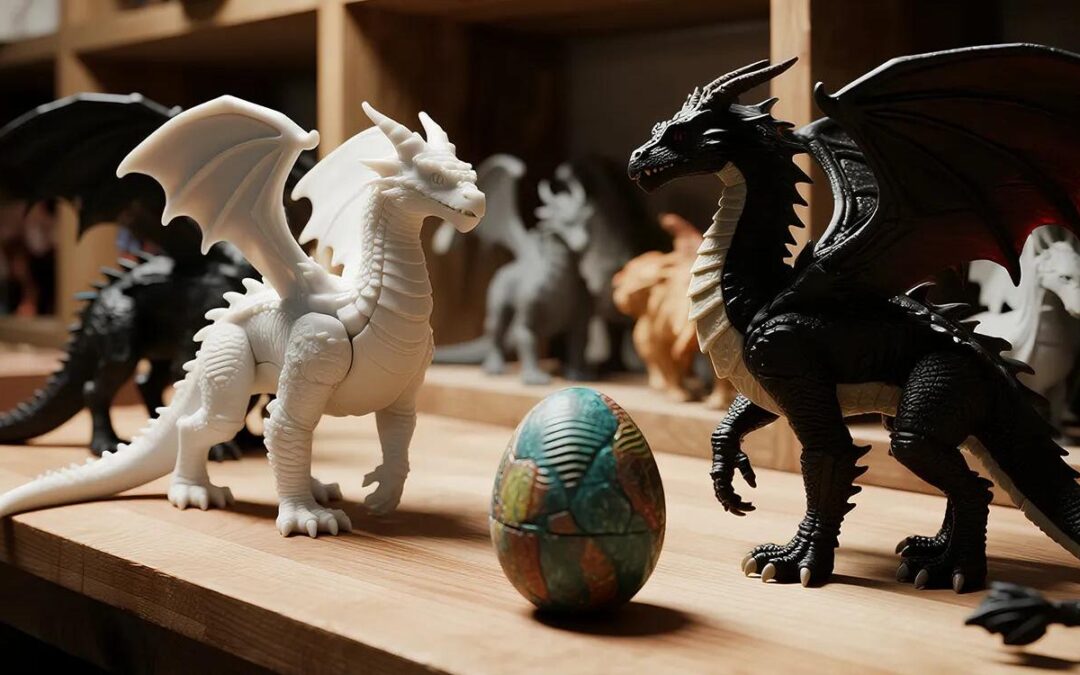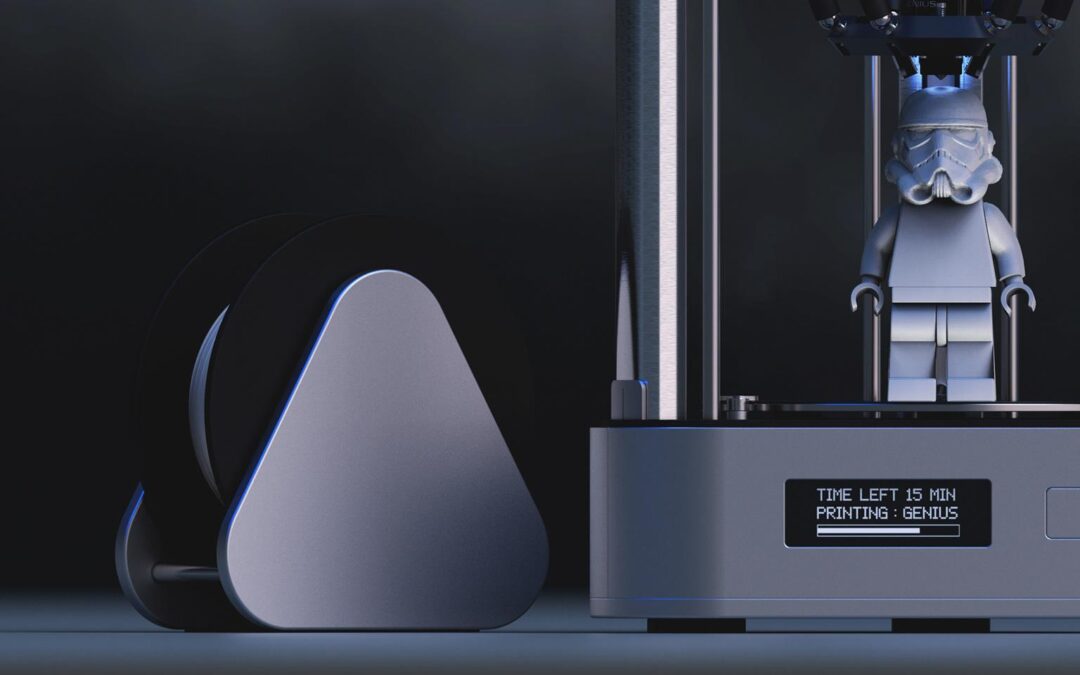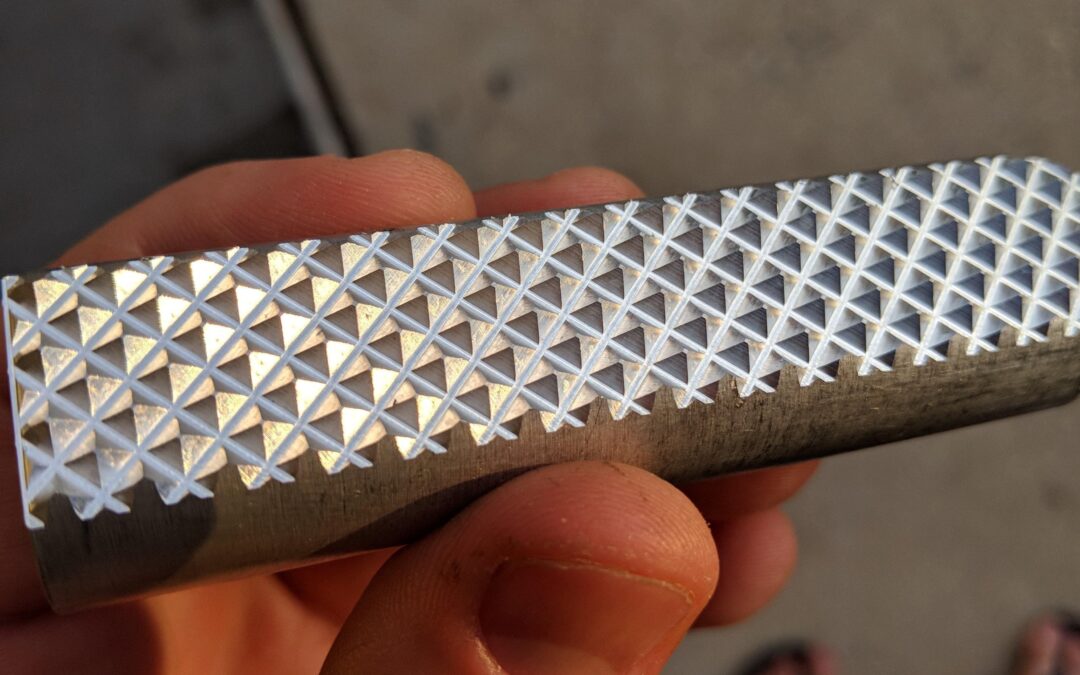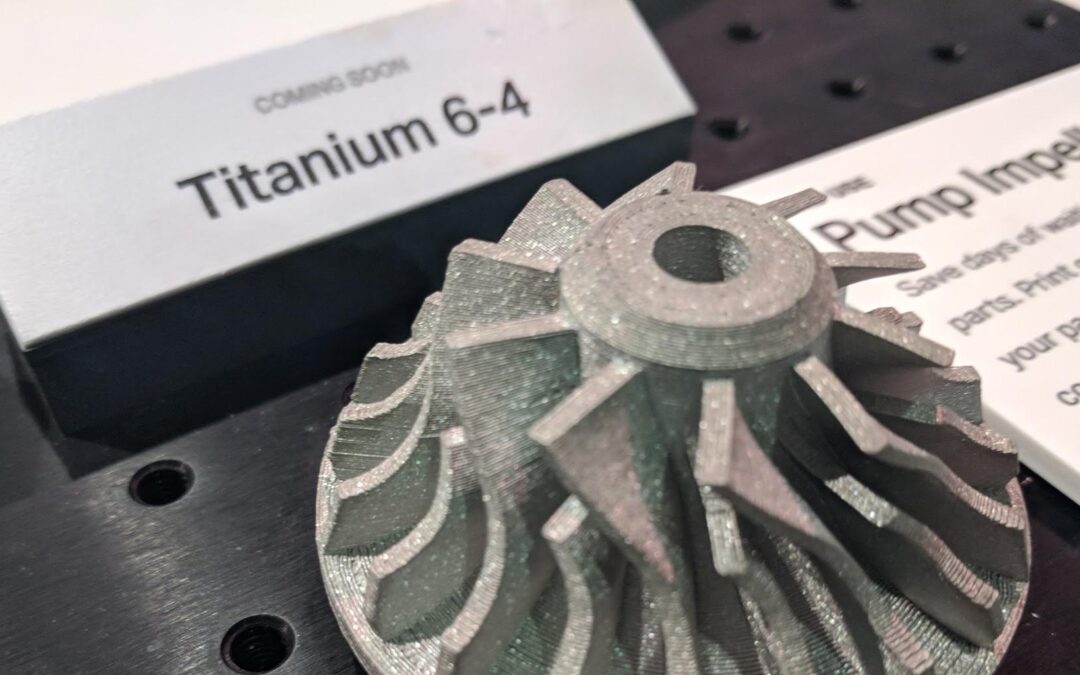CNC Turning Services Available Online
Unlock the potential of precise manufacturing with our custom CNC turning services. Available online, our solutions are designed to produce high-quality, accurate parts tailored to your exact specifications.
- ZDFM Feedback to Optimize Your Designs
- ZParts as Fast as Few Days
- ZOn-demand Production Updates
- Industry Leading Security Standards
- Wide Range of Materials Options
- Cost-Effective Solutions
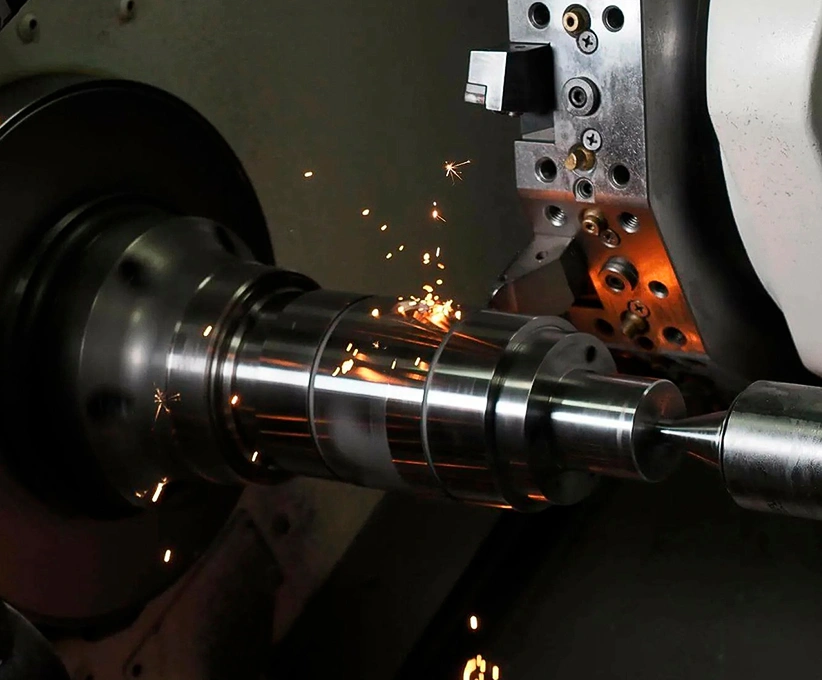
CNC Turning with XMAKE
XMAKE delivers swift, dependable CNC turning for metal and plastic parts, personalized for your project. Utilizing cutting-edge tech and skilled staff, we guarantee top-tier quality in every prototype and production part.
Our lathes offer economical solutions for cylindrical parts, no matter the complexity. Live tooling allows for intricate, precise features, meeting stringent specs with ease.
Automated CNC machinery simplifies production, enhancing speed and cost-efficiency without sacrificing quality. We’re equipped for both small batches and large-scale orders, maintaining consistent part dimensions and quality across the board.
CNC Turning Materials Selection
Metal Materials Series
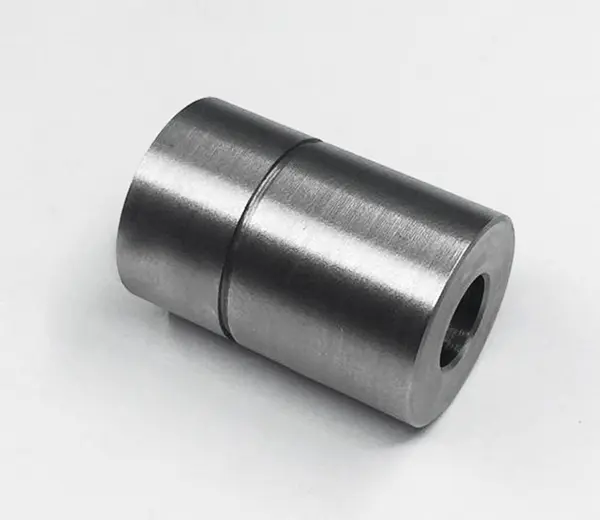
Steel
Offers high tensile strength and malleability. Used in construction, automotive, and manufacturing for structural components and tools.
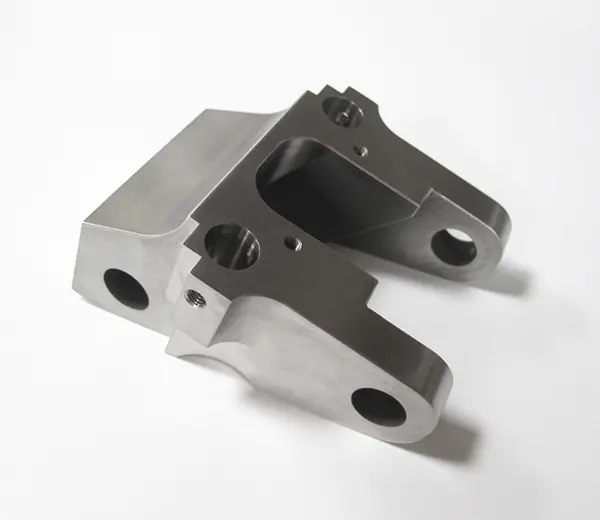
Stainless Steel
Known for corrosion resistance and durability. Employed in cutlery, medical equipment, and architectural applications.
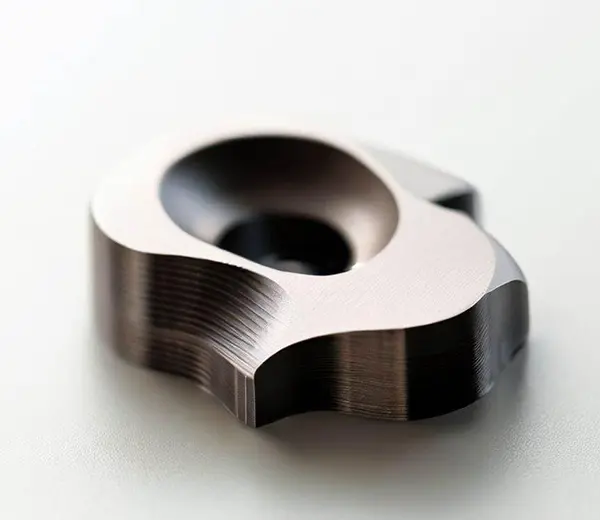
Titanium
Provides exceptional strength with low density. Utilized in aerospace, medical implants, and high-end sports gear.
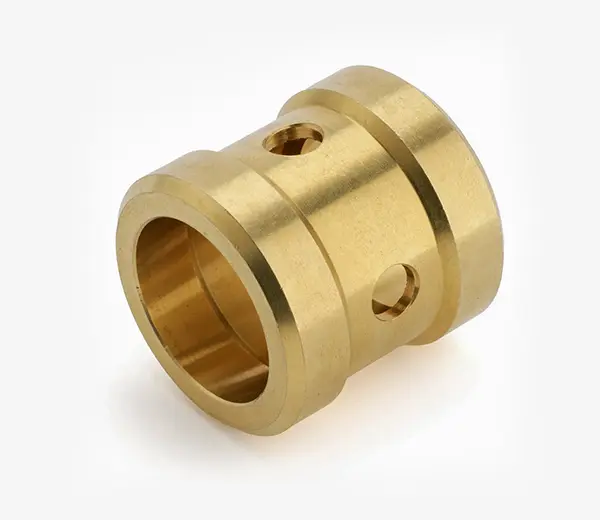
Brass
Combines strength and corrosion resistance. Commonly used in fittings, valves, and decorative items.
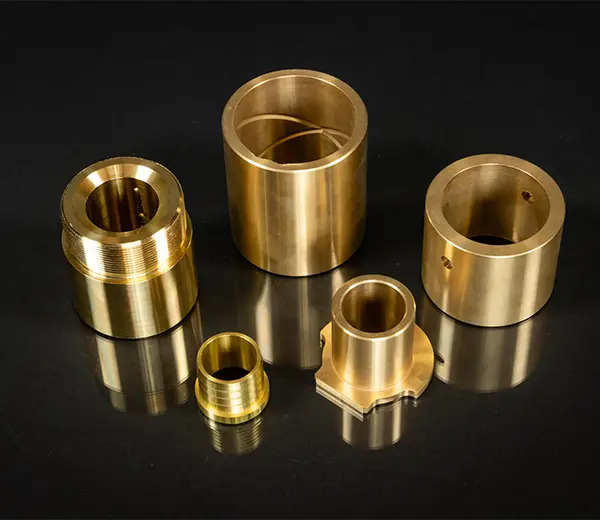
Bronze
Features high corrosion resistance and strength. Suitable for sculptures, bearings, and marine hardware.
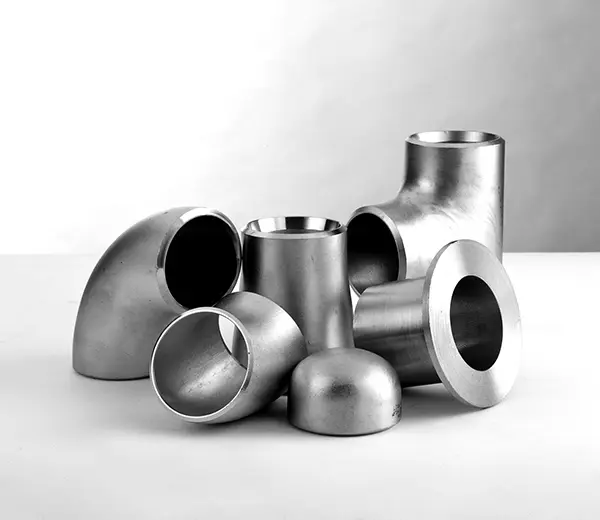
Inconel
An austenitic family of superalloys with excellent heat and corrosion resistance. Used in gas turbines and chemical processing.
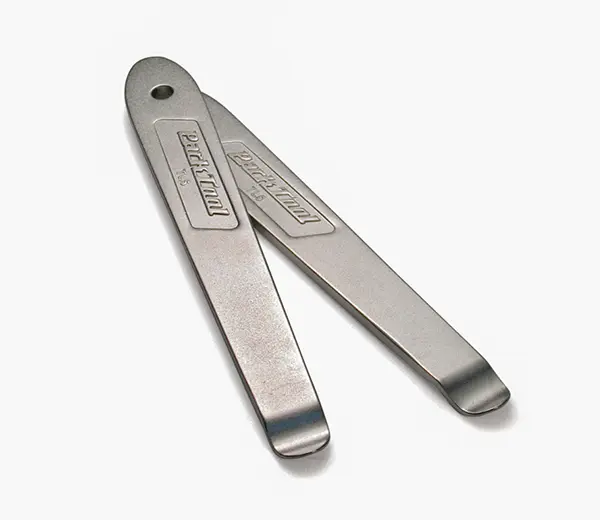
Tool Steel
Designed for high hardness and wear resistance. Essential for the production of cutting tools and dies.
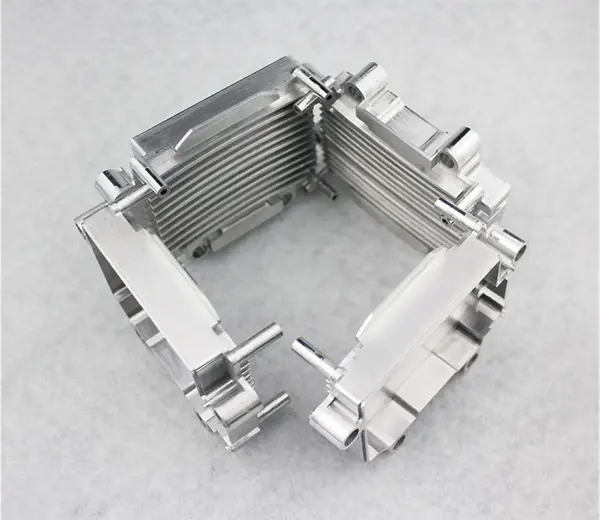
Aluminum Alloys
Lightweight with enhanced strength and corrosion resistance. Popular in aerospace, automotive, and consumer electronics.
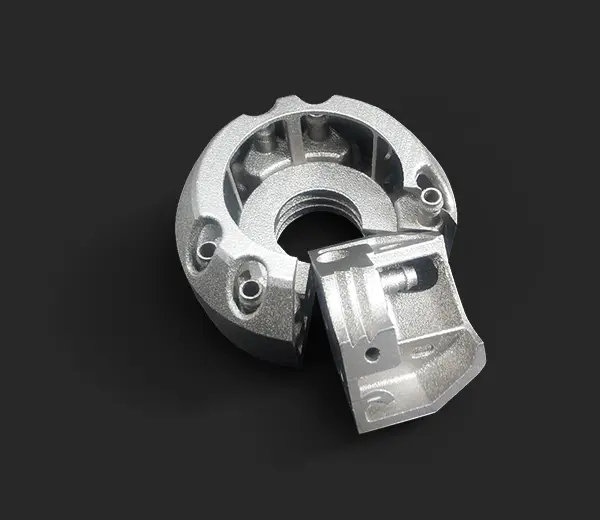
Maraging Steel
Known for its ultra-high strength and hardness. Used in precision instruments and high-stress mechanical parts.
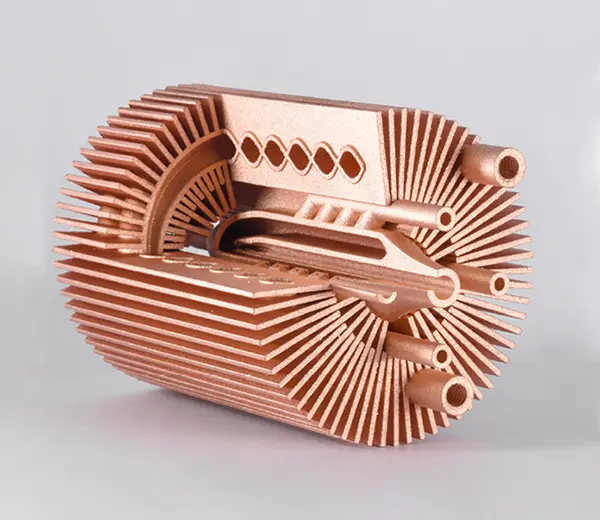
Copper Alloys
Exhibit high thermal and electrical conductivity. Widely used in electrical systems, heat exchangers, and coinage.
Plastic Materials Series
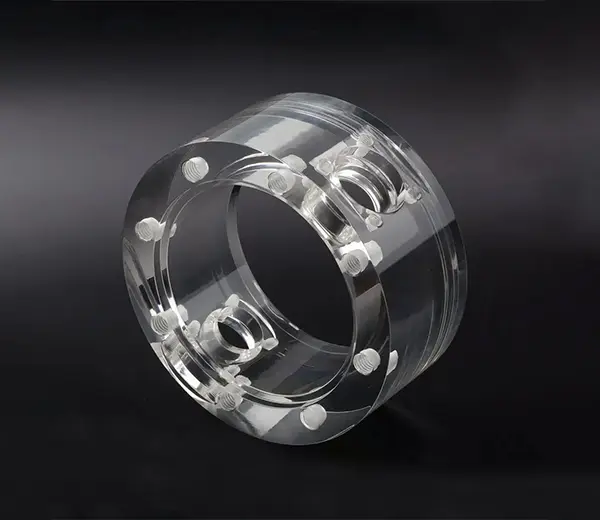
PC (Polycarbonate)
Known for its exceptional impact resistance and transparency. Used in eyewear, automotive parts, and durable plastic products.
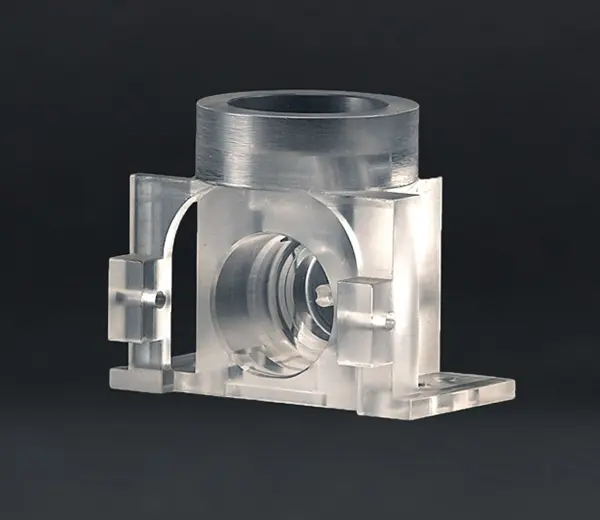
PA (Polyamide)
Strong, flexible, and resistant to chemicals. Common in fibers, automotive parts, and industrial components.
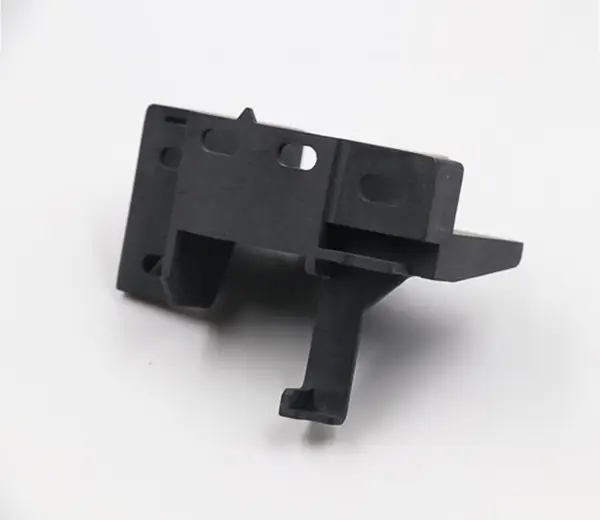
ABS
Combines strength, rigidity, and toughness. Widely used in automotive and electronics.
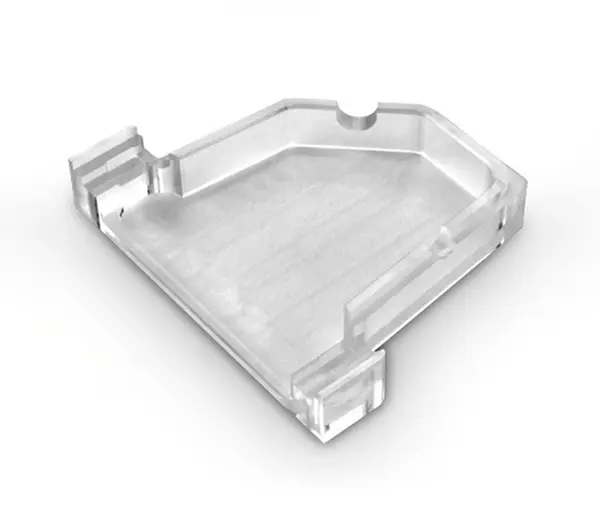
PVC (Polyvinyl Chloride)
Durable and cost-effective. Employed in plumbing, vinyl siding, and medical devices.
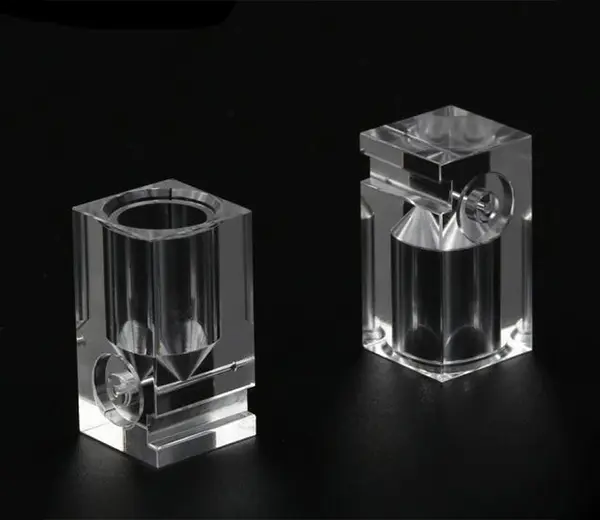
Acrylic (PMMA)
Lightweight with high clarity. Ideal for aquariums, windows, and signage.
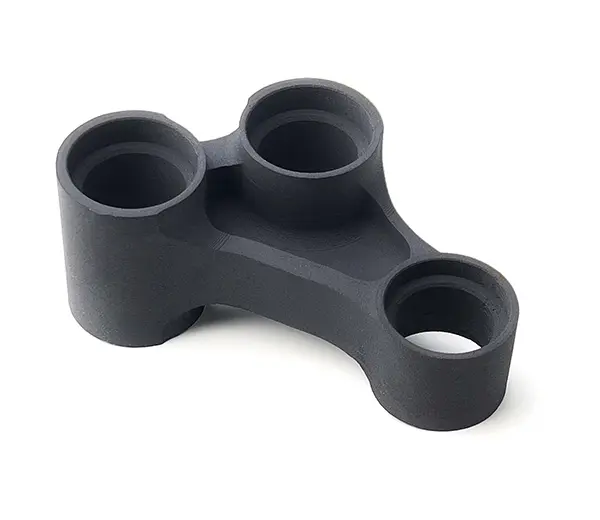
Nylon
Resistant to wear, self-lubricating. Utilized in textiles, brushes, and mechanical parts.
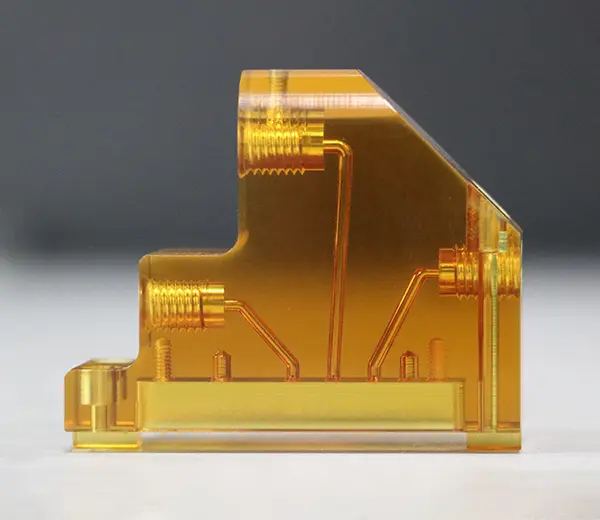
PSU (Polysulfone)
High-temperature resistance and rigidity. Suitable for electrical components and cookware.
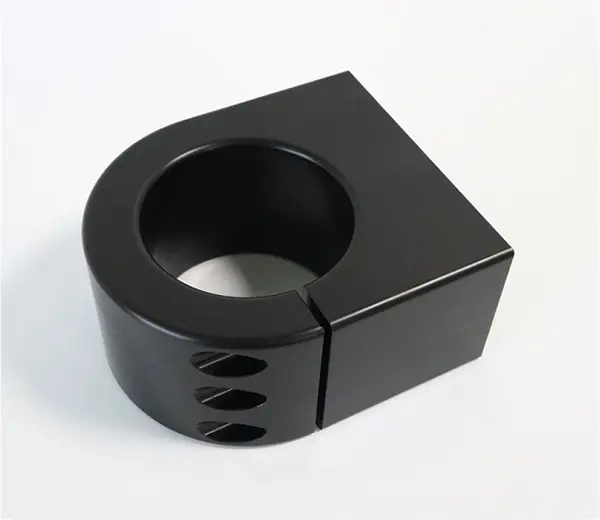
POM (Polyoxymethylene)
Stiff and resistant to abrasion. Common in gears, bearings, and automotive parts.
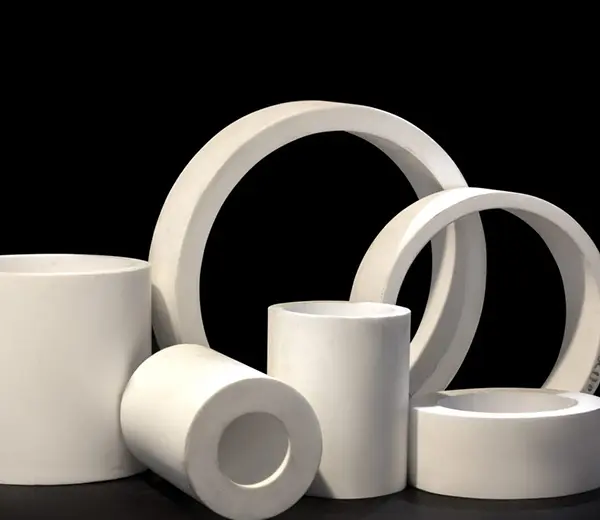
PTFE (Teflon)
Non-stick and heat resistant. Used in non-stick cookware and industrial coatings.

UHMWPE (ULtra-High Molecular Weight Polyethylene)
Exceptionally wear-resistant and low friction.
Employed in liners, gears, and artificial joints.
- We can source any other material on request, but quotes take up to 48 hours.
CNC Turning Surface Finishes
Surface Treatment Method
Material Type
Colors
Surface Finish Precision (Ra)
Suitable Applications

Anodizing
Aluminum
Clear, Black, Grey,
Red, Blue, Gold
0.2 – 0.8 μm
Aviation, Electronics

Polishing
Stainless Steel
Gray
0.4 – 1.6 μm
Kitchenware, Medical

Sandblasting
Titanium Alloy
Dark Gray
1.6 – 3.2 μm
Sports Equipment

Plating
Copper
Red-Brown
0.8 – 1.6 μm
Decoration, Electrical

Chemical Plating
Magnesium Alloy
Light Gray
0.8 – 1.6 μm
Auto Parts

Powder Coating
Zinc Alloy
Silver
1.6 – 3.2 μm
Furniture Accessories
CNC Turning Tolerance
Description
General Tolerance
Distance Dimensions
For features of size (Length, width, height, diameter) and location (position, concentricity, symmetry) +/- 0.0005”.
Orientation and Form Dimensions
0-12″ +/- 0.005″, Angularity 1/2 degree. For 24″ and beyond please consult XMAKE’s Manufacturing Standards.
Edge Condition
Sharp edges will be broken and deburred by default. Critical edges that must be left sharp should be noted and specified on a print.
Lead Time
5 bussiness days for most projects.
*Note: The table serves as a guide. Outcomes vary by material, complexity, equipment, workload, and project specifics.
Advantages of CNC Turning at XMAKE
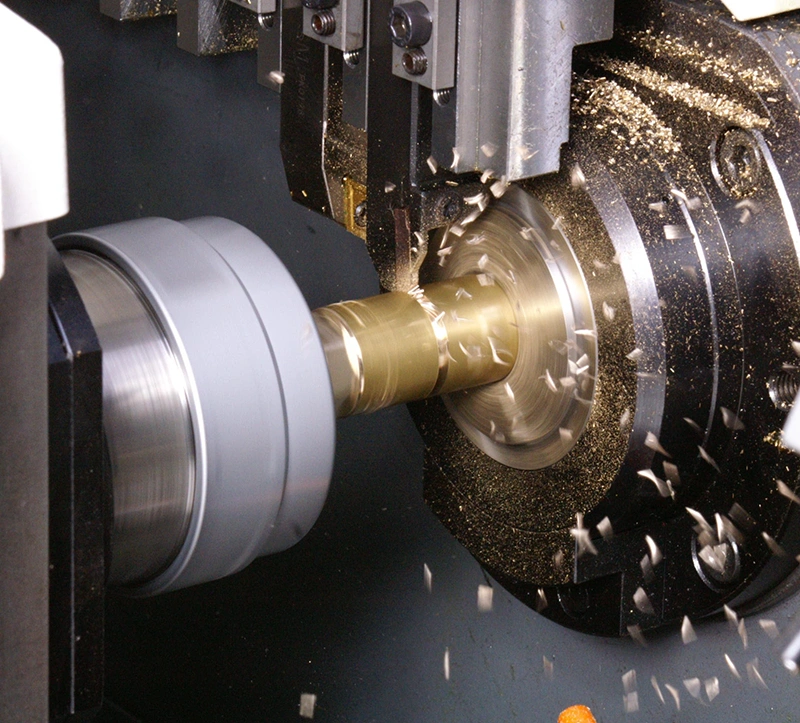
High Precision and Accuracy
XMAKE's CNC turning machines offer exceptional precision, with the ability to hold tight tolerances and produce parts with mirror-like finishes.
Complex Geometries
They can create complex shapes and profiles that would be difficult or impossible to achieve with conventional manual lathes.
Efficiency and Speed
Automated processes significantly reduce production time, allowing for rapid creation of parts and quick response to demand.
Repeatability
CNC turning ensures consistent quality across multiple parts, making it ideal for mass production where uniformity is crucial.
Material Versatility
Capable of working with a wide range of materials, including metals, plastics, and alloys, CNC turning accommodates various industrial needs.
Reduced Labor and Tooling Costs
With minimal setup and the ability to use the same machine for different tasks, CNC turning reduces the need for multiple tools and labor-intensive operations.
CNC Turning Steps at XMAKE

Upload File
Start by uploading your CAD files securely to our platform.

Design Feedback
Receive expert feedback to optimize your designs for manufacturing.

Rapid Prototype
Quickly turn designs into prototypes with state-of-the-art technology.

Premium Quality
Guaranteed high-quality production, ISO 9001:2018 certified for excellence.

24/7 Supported Guidance
Experience continuous support and guidance throughout the manufacturing process.
How does CNC Truning Work?
CNC turning operates by rotating a workpiece against a stationary cutting tool, guided by computer-controlled axes. The tool moves along the workpiece’s axis, removing material to achieve the desired cylindrical shape and dimensions with high precision and repeatability. The features make it ideal for producing components with tight tolerances and complex geometries.
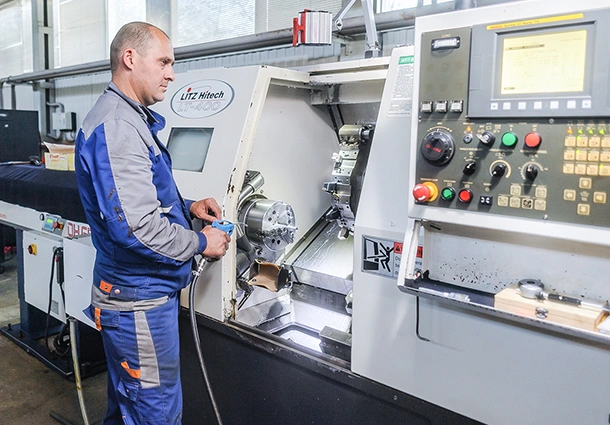
Why Choose XMAKE’s Custom CNC Turning Services
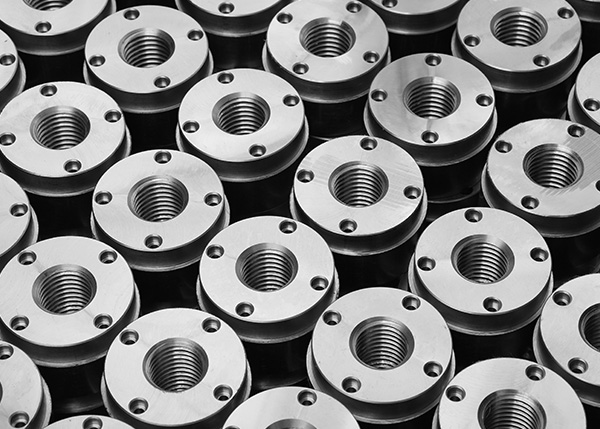
Unparalleled Precision
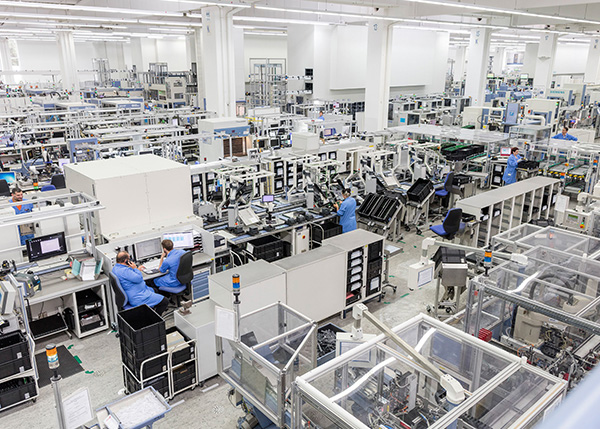
Expedited Turnaround
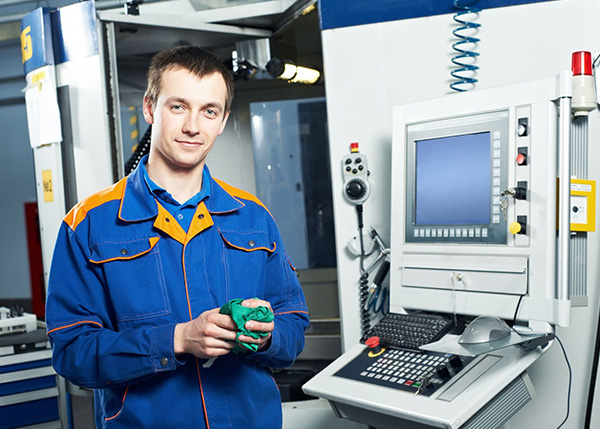
Dedicated Technical Assistance
CNC Turning FAQs
1. How does the choice of tooling affect the CNC turning process?
The choice of cutting tools in CNC turning significantly affects the process. Different tools are selected based on the material being machined, the desired finish, and the specific features of the part, such as threads, chamfers, or grooves. Proper tool selection ensures efficiency, accuracy, and longevity of the cutting edges.
2. How does CNC turning ensure precision and accuracy in parts production?
CNC turning uses computer-controlled machinery to manipulate cutting tools with high precision. The process involves precise control of the cutting speed, feed rate, and depth of cut, which are programmed into the CNC machine. Advanced software and real-time monitoring systems ensure that parts are produced to exact specifications with minimal tolerances.
3. What are the advantages of CNC turning over traditional machining methods?
- Consistency and Repeatability: CNC machines produce identical parts with high precision, reducing variability and ensuring consistency in large production runs.
- Efficiency: CNC turning can operate continuously with minimal human intervention, increasing production speed and reducing labor costs.
- Complex Geometries: CNC turning can create complex shapes and intricate designs that are difficult or impossible to achieve with manual machining.
4. How does CNC turning handle complex and intricate part geometries?
CNC turning is capable of producing complex and intricate part geometries through multi-axis machining. Multi-axis CNC lathes can move the cutting tool along multiple axes simultaneously, allowing for the creation of detailed features and contours. Additionally, specialized tools and fixtures can be used to enhance the machine's ability to handle complex designs.
5. What factors influence the cost of CNC turning services?
- Material Costs: The type and amount of material used can significantly impact the overall cost.
- Complexity of Design: More complex and intricate designs require longer machining times and may necessitate specialized tools, increasing costs.
- Production Volume: Higher production volumes can lead to economies of scale, reducing the cost per part.
- Post-Processing Requirements: Additional processes such as surface finishing, heat treatment, or coating can add to the overall cost.
6. How do you ensure the quality of CNC turned parts?
- Rigorous Inspection: Parts are inspected at various stages of production using precision measurement tools such as calipers, micrometers, and coordinate measuring machines (CMMs).
- Quality Control Protocols: Implementing strict quality control protocols to monitor and document the manufacturing process.
- ISO Certification: Adhering to industry standards and maintaining ISO certification for consistent quality management.
7. Can CNC turning be integrated with other manufacturing processes?
Yes, CNC turning can be integrated with other manufacturing processes such as CNC milling, drilling, grinding, and welding. This integration allows for the production of more complex components and assemblies, streamlining the manufacturing process and improving overall efficiency.
Looking for Online CNC Turning Services?
-
All uploads are secure and confidential.
All uploads are secure and confidential.
Learn More about CNC Truning Resources
How to Choose Reliable CNC Machining Services?
Learn how to choose CNC machining services wisely. Compare equipment, certifications, precision & materials for optimal results. Get quality parts on time.
Resin vs Plastic: Here is the Difference
Wondering is resin plastic? Learn the key differences between resin and plastic, their uses, and when to choose each for your projects.
Nut vs Bolt: What is the Difference?
Explore the essential differences in nut vs bolt, including their types, materials, and best applications. Learn how to choose and maintain the right fasteners for your needs.
CNC Plasma Cutter: How It Works, Benefits & Selection Tips
Explore how a CNC Plasma Cutter cuts metal with precision. Learn key benefits, speed, thickness capacity, tolerance and how to choose the right system.
Different Types of CNC Machines
Explore the most common types of CNC machines, how they work, and their applications. Learn which CNC machine suits your needs in this complete guide.
How to DIY a 3D Printed Airless Basketball?
Creating a 3D printed airless basketball is a rewarding DIY project that blends creativity with functional design. Xmake offers a convenient online 3D printing service for you.
How to DIY a 3D Printed Dragon?
DIY a 3D printed dragon from start to finish with this step-by-step guide, learn how to find models, prepare files, print, and post-process like a pro.
12 Different Types of 3D Printing [Full Guide]
Explore 12 different types of 3D printing. Learn how to choose the right type and find professional 3D printing services for your project needs.
Knurling: Everything You Need to Know
Knurling is a crucial machining process that enhances grip, aesthetics, and assembly performance. This guide covers knurling types, usages, and standards.
What is Titanium 3D Printing?
Titanium 3D printing represents an advancement in metal additive manufacturing, enabling the production of lightweight, high-strength parts with complex geometries.
